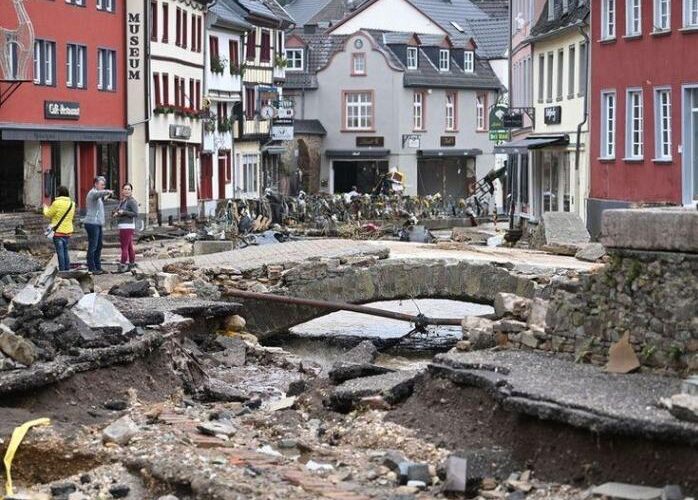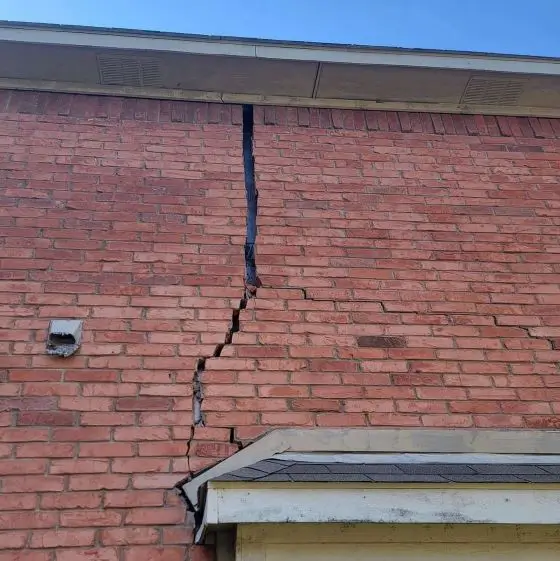Good architectural design needs to take into account the potential of climate change and this will affect the design and materials used in construction.
Most regions are seeing greater extremes of temperature and weather conditions and this can severely affect the structural integrity of the building.
Simple changes to design like the location of the windows, the shape of them, and how the sun shines into the building around the year can dramatically reduce the running costs, keeping the building cooler in summer and warmer in winter. Simple recessed windows, window shades, shutters and window hoods can exploit shade to prevent heat entering the building.
Let’s consider some of the major impacts of climate change on structures, and discuss the specialized mitigations and repairs that can be executed on older building suffering from these.
Climate change affects building structures in multiple ways. Rising temperatures, increased rainfall, and prolonged dry spells because significant structural stress. Here’s how these changes impact homes and what homeowners should monitor.
Expansion and Contraction
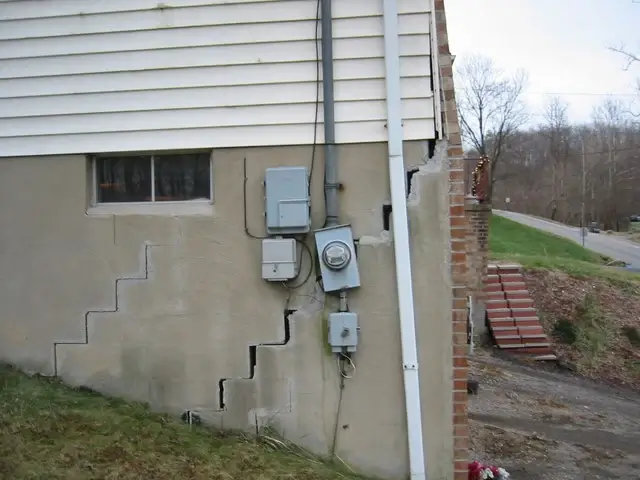
source – soilsmatter
As temperatures rise, building materials expand conversely during cooler periods, they contract, with some materials showing a more dramatic range of expansion and contraction than others.
This constant cycle of expansion and contraction stresses the materials, leading to cracks and weakening over time, and allowing water ingress which can further exacerbate the problem.
Metal wall ties and restraints and load bearing beams, lintels and similar can quickly deteriorate often without external visible signs until they start to fail completely.
Increased Wet Spells
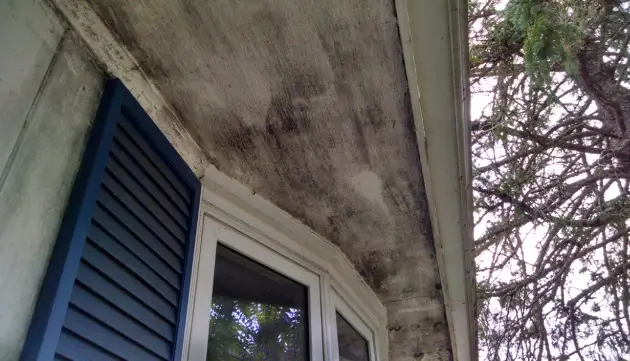
source – mold-answers
Climate change leads to more frequent and intense rainfall or sudden downpours and then dry periods. As soil around a building becomes saturated, it swells, pushing against the foundations.
Trees can soak up a surprising amount of water from the ground, and when they are removed there is a high risk of heave where the ground level is higher.
This phenomenon, causes walls to bulge and floors to crack especially where it is uneven around the structure. Supporting walls and foundation design need to take into account the ground below.
As a side note excess moisture also seeps into building materials, weakening them and promoting mold growth and during freezing weather this moisture freezes and expands causing damage, to avoid this the external materials, coatings and finishes will go some way to protect a building from damp.
Prolonged Dry Spells
On the flip side, extended dry periods cause the soil to contract creating gaps and voids beneath foundations, leading to subsidence where part or all of a wall moves downwards or rotates away from the main structure.
This is usually evident when cracks appear, and floors can become uneven. Dry spells can also cause gutters and drains to become blocked as there is little flow of water to keep them clear.
Landslip
In severe rainfall it is possible for large areas of the ground to move, particularly if located on a hill or with lower terrain to one side. Not only does landslip cause the walls to crack and move, they can also bow or bulge which is often the first sign you have serious structural problems to contend with.
What Homeowners Should Watch For
Good building design and sourcing of proper materials which take into account these risks will go a low way in mitigating these structural issues.
However homeowners and building manages should always be vigilant for signs of structural issues. Bulging walls cracks and widening gaps around windows, doors and where walls join will often indicate that the foundation is under stress from expanding or contracting soil.
Cracks in walls, especially those wider than a hairline, suggest movement in the building’s structure and should be monitored. Uneven floors can signal subsidence or heave and sometimes you might notice a door failing to close properly or becoming stiff.
Regular inspections can help catch these issues early. Checking for new or worsening cracks, monitoring the alignment of doors and windows, and looking for any signs of dampness or mold are crucial steps. If any of these signs are present, it’s advisable to consult a structural engineer for a thorough assessment.
When homeowners notice structural damage such as bulging or cracking in walls, seeking professional help becomes crucial. Companies like Action Wall Ties specialize in assessing and repairing structural issues with minimal disruption and offer solutions for smaller homes and larger apartment blocks and commercial properties.
Here’s why it’s important to involve experts and how their services can be more efficient and cost-effective than rebuilding.
Expertise in Measuring and Monitoring
Professional companies like Action Wall Ties have the expertise to accurately measure and monitor structural damage. They use advanced tools and techniques to assess the extent of the damage and perform the construction equivalent of keyhole surgery to facilitate an invisible repair.
This precise diagnosis ensures that the root cause is identified and the appropriate repair method is chosen. It’s like getting a specialist to look at a health issue; their focused knowledge and tools provide a clear understanding of what’s wrong.
Effective Structural Repair Methods
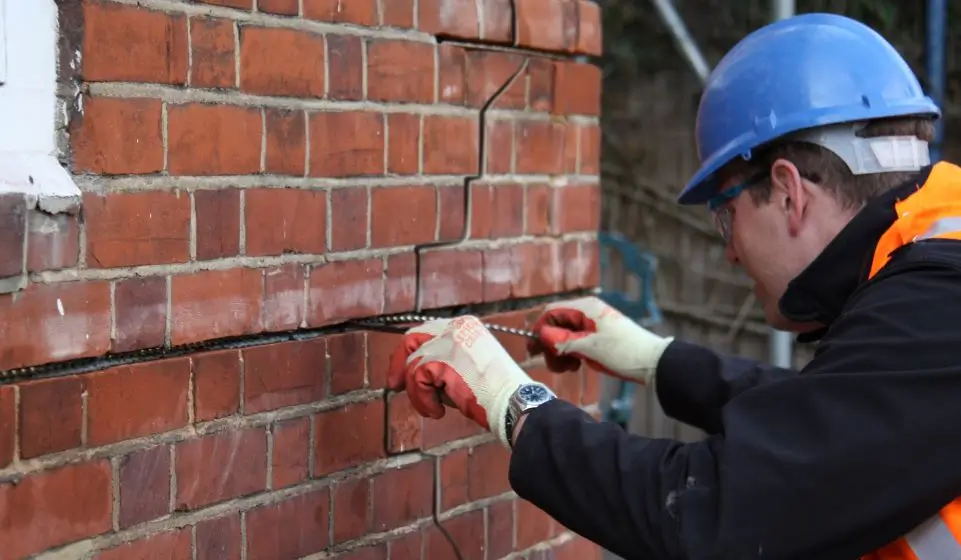
source – structuredfoundation
Brick Stitching
Brick stitching is where stainless steel rods are inserted into the mortar bed/brickwork to stabilize and strengthen cracked walls, it will often require a carefully formulated resin to bond the rods into place.
This method distributes the structural load across the wall, preventing further cracking and can help tie the moved sections together after realignment with specialist hydraulic jacks and rigs is carried out.
Wall Tie Replacement
Over time, wall ties, which hold the inner and outer walls together, can corrode or fail. Replacing these ties ensures that the walls remain securely bonded, preventing bulging and separation.
The original placement or installation of wall ties often leads to failures when it is not carried out correctly.
Realignment and Reinforcement
Realignment addresses any displacement in the walls using hydraulic rams and alignment tools to ensure they are straight and stable. Reinforcement involves adding support to the existing structure, enhancing its ability to withstand external pressures.
These methods restore the building’s original stability and strength without the need for extensive reconstruction.
Minimal Disruption
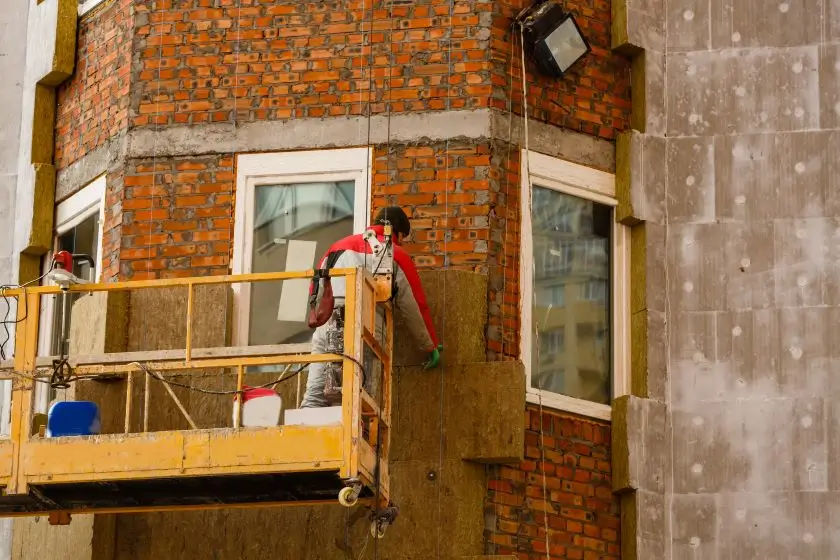
source – helifix
Professional repairs cause minimal disruption to homeowners. Companies like Action Wall Ties plan and execute repairs efficiently, often completing them without the need for occupants to vacate the property.
This approach is much less invasive compared to a complete rebuild, which can be time-consuming, expensive, and highly disruptive.
Cost-Effective Solutions
Repairing and reinforcing existing structures is generally more cost-effective than rebuilding. Rebuilding involves significant labor, materials, and time and is a specialized field involving demolition, site clearance, planning and reconstruction.
By contrast, targeted repairs address the specific issues without the need for extensive demolition and reconstruction and usually with a minimum of disruption. This not only saves money but also preserves the original character of the building.
Better than Rebuilding
Opting for repairs over rebuilding offers several advantages. Repairs are quicker and less disruptive, allowing homeowners to continue their daily routines with minimal interference. They also preserve the building’s integrity and historical value, which can be particularly important for older properties.
Conclusion

source – iberdrola
In conclusion, climate change poses large challenges to standard building materials, necessitating a shift closer to more resilient alternatives. Increased temperatures, humidity, and severe weather activities accelerate the deterioration of concrete, steel, and other conventional substances, compromising structural integrity. Embracing revolutionary, climate-resistant materials and technology is critical for future-proofing homes. By adopting sustainable practices and investing in research and development, we can enhance the durability and toughness of our infrastructure. Understanding the effect of climate exchange on constructing materials is crucial for architects, engineers, and policymakers to create safer, extra resilient constructed environments which can resist the take a look at of time.

